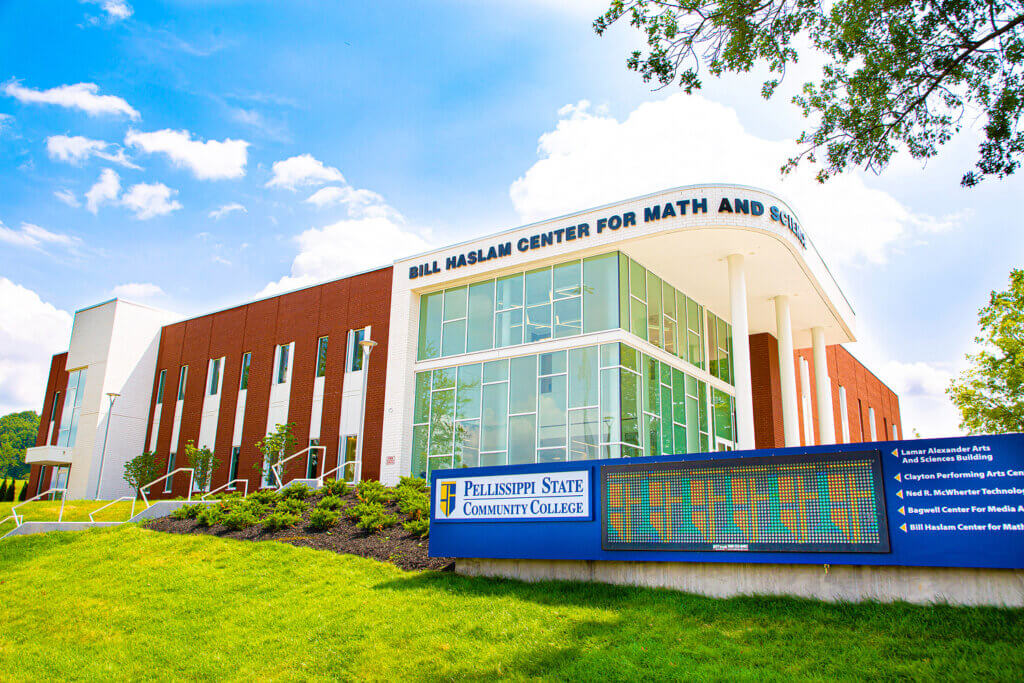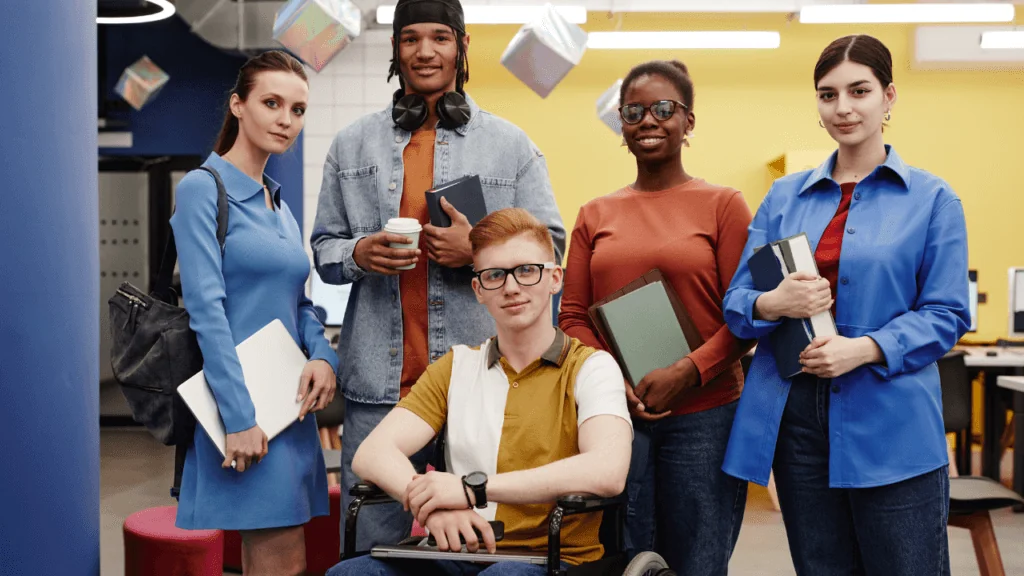A Brief Background of Gamification
Gamification employs game-like elements—such as competitions, polling, surveys, and other interactive challenges—in educational settings. The idea has been around for a long time, with many crediting its beginnings to an 1896 campaign run by Sperry and Hutchinson Co. Customers could purchase items from a catalog using “Green Stamps” similar to loyalty rewards campaigns retailers run today.
“Gamification, coupled with interactive tools like polling and surveys, is a transformative force in higher education.”
Another prime example is the Boy Scouts badge system, where children earn badges for mastering skills or participating in certain activities. In the early 1970s, the book “The Game of Work” by Charles Coonradt was published. Coonradt explored the differences in accomplishments between sports teams and office teams, which set the stage for introducing gamification to education.
In the 1980s, Thomas W. Malone published several academic papers around using video game components in education.
Today, cellphones, apps and other technology make gamification common. Learn more about the history of gamification in this thesis paper by a University of South Carolina student.
Benefits of Gamification in Higher Education
Gamification has many benefits in higher education:
Enhanced Engagement: Integrating polling and surveys into gamified learning environments addresses the challenge of maintaining student engagement, especially in remote or online learning. These interactive tools provide real-time feedback, allowing educators to tailor the learning experience based on students’ needs and preferences.
Collaboration and Social Interaction: Polls and surveys encourage social interaction in the classroom setting.
Promoting Inclusion: The incorporation of polling and surveys provides a platform for student voices. Educators can use these tools to gauge understanding, preferences, and concerns, ensuring that the learning environment is responsive to the diverse needs of the student body.
Skill Development: Polling and surveys with a variety of question types and ways to engage contributes to the development of critical thinking, problem-solving, and decision-making skills.
Immediate Feedback: With polling and surveys, instructors and students can receive instant feedback, which facilitates a deeper understanding of mistakes and supports continuous improvement.
Gamification, coupled with interactive tools like polling and surveys, is a transformative force in higher education. By leveraging these elements, instructors can create an engaging, inclusive, and personalized learning journey for students.









